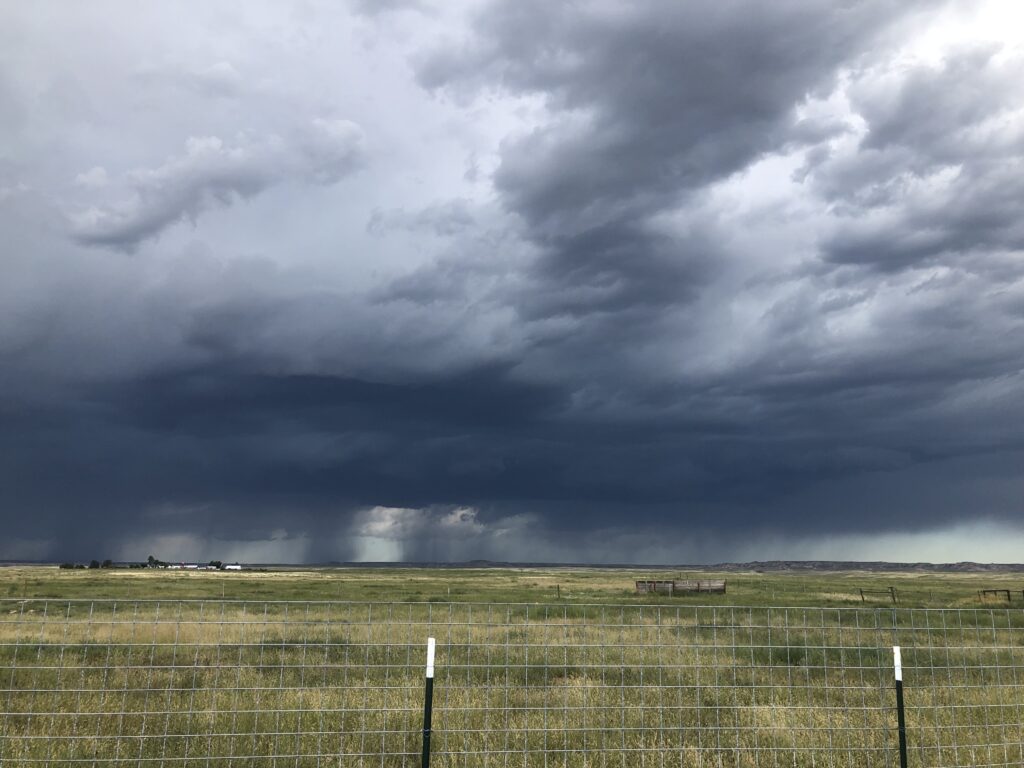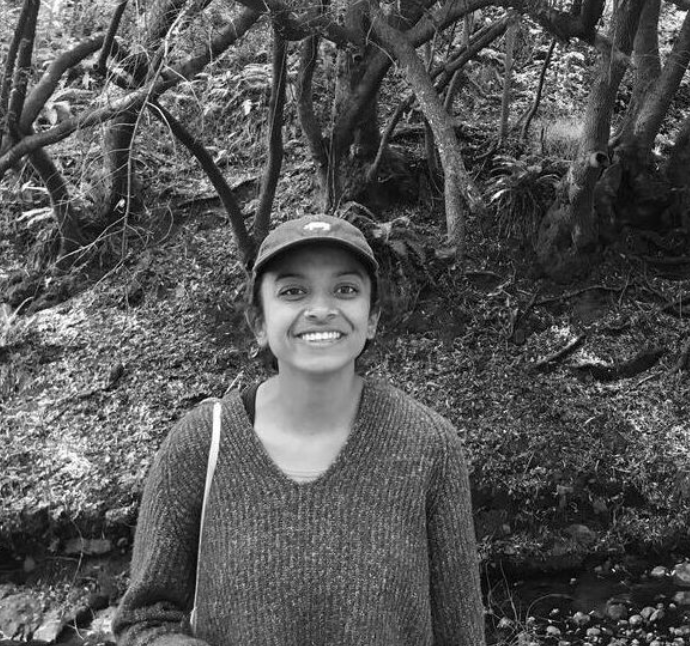The astronomer walks up to the podium and everyone goes quiet. There are probably 80 people sitting in this amphitheater at 10:30 PM, waiting to be toured through the sky. We’re at a star party at the McDonald Observatory around 30 miles outside of Marfa, TX. Tonight, this astronomer will guide us, help us see what he can see. We crane our necks so we can see constellations, bright and dim stars, other planets. He shows us how to find color, shapes, and motion in the dark.

I sense how big the sky is. Its darkness, magnitude, and ubiquity. I slouch. I try to become smaller, to let the sky fill the frame. I’m quiet and feel like a guest in this place.
As the astronomer finishes his demonstration, he says, “We are trying to protect this dark sky. We built the observatory here thinking it would stay like this. But if you look behind me, you can see light pollution.” A thin, fuzzy pale green band hangs over the horizon. This pollution comes from infrastructure built for the rapidly expanding oil and gas industry in the Permian Basin. The band encroaches, enclosing us in this patch of sky.

A month has passed and I’m sitting in the shortgrass steppe in northern Colorado looking at streaks of long gray lines stretching into the plains around me. I have no sense of how far these storms are from me. I should be frightened – I’m definitely the tallest thing in the prairie. But I only feel awe. I’m an audience member, witness to this frenetic, unpredictable drama.
I see the sky change and darken every afternoon while I’m in Colorado. It has been a warm, wet year. The end of a drought. I imagine how incredible it must have been to see the black and gray and blue swirl above for the first time this year. To see water move towards you.
In ‘Death Comes for the Archbishop’, Willa Cather writes: “…west of the Pecos all that changed; here there was always activity overhead, clouds forming and moving all day long. Whether they were dark and full of violence, or soft and white with luxurious idleness, they powerfully affected the world beneath them. The desert, the mountains and mesas, were continually re-formed and re-colored by the cloud shadows.”
The Western sky is affecting. It is expansive, fickle, humbling. A medium of pollution, smoke, and climate. It is radical and vulnerable. To see the sky is to look at this landscape in its entirety. To know that you can never know this place fully and see your impact everywhere. To be a part of this place and finally aware of how far it extends beyond.
STUDENT RESEARCHER

Uthara Vengrai, Western Resource Fellow | Uthara is an ecosystem ecologist and doctoral student at the Yale School of the Environment. Her research explores the role of land use and global change on soil greenhouse gas exchange and organic matter pools in dryland ecosystems. Originally from Southern California, her academic interests are strongly motivated by a desire to produce research that helps inform and prepare communities in the West for the impacts of climate change. Uthara has a BS in Environmental Sciences from the University of California, Berkeley and an MESc from the Yale School of the Environment. See what Uthara has been up to. | Blog
